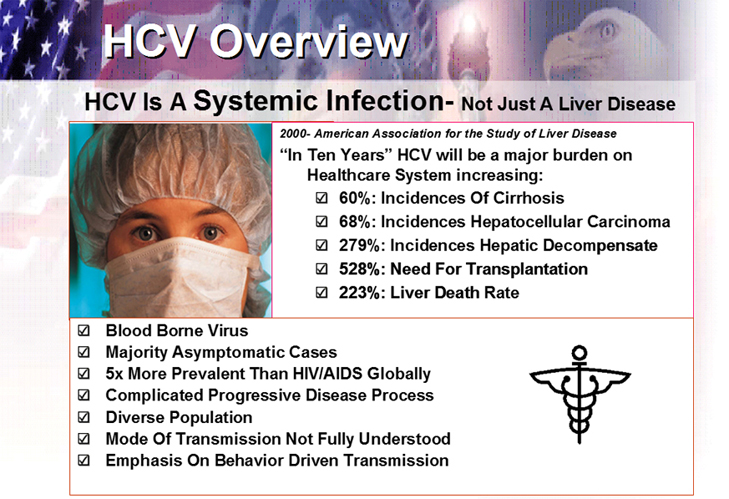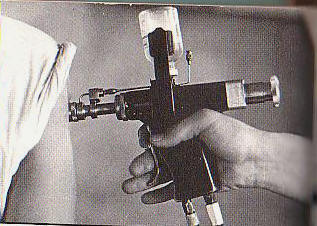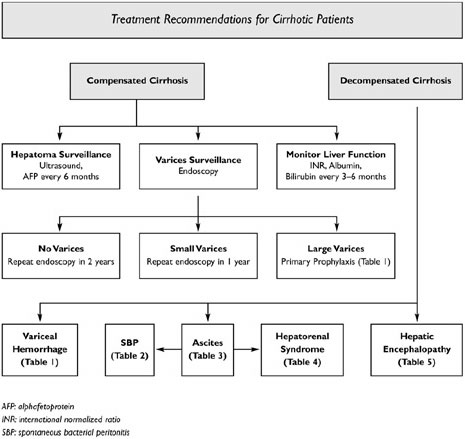|
|
|||||||||||||||||||||||||||||||||
|
|
|||||||||||||||||||||||||||||||||
|
The liver is one of the most
complex organs in the human body. It is the body’s largest organ and
responsible for more than 5,000 life-sustaining functions. The liver is
primarily responsible for converting food into energy. Additionally, the
liver filters the body from hundreds of potential toxins and synthesizes
a variety of factors necessary to sustain life. When the liver is
diseased, the entire body is affected.
 |
|
|
The virus causes a
complicated,
progressive disease
that affects a
diverse population.
The Modes of
transmission are not
fully understood but
the public health
response emphasizes
behavior driven risk
transmission. HCV is
a systemic
infections, not just
a liver disease. It
is a blood borne
virus in which most
cases are
asymptomatic. HCV is
5x more prevalent
that HIV, globally.
Limited HCV prevention measures have led to multiple incident of provider-to-patient and environmental exposures. 2008 CDC Review http://hcvets.com/data/FedAgencies/2008-CDCReview.htm Natural History of HCV Most patients who acquire HCV infection are not aware. Acute infection with HCV is usually associated with flu like symptoms and not jaundice (turning yellow). As a result, patients may have the infection for years before being identified. Most patients are identified during routine physical exam or blood donations. Abnormal liver function tests are identified during these evaluations. When abnormal liver function tests or a history of risk factors are identified, further testing is recommended. Hepatitis C Virus Infection Among Persons Born During 1945–1965 The Centers for Disease Control has issued a warning for all American citizens to be tested for Hepatitis C. Extrahepatic Manifestations of HCV Among a chronic HCV cohort of 7,411 patients, at least one comorbid condition was seen in almost all patients (>99%) during the study period. HCV-infected patients reported almost double the number of comorbidities compared to uninfected controls. Of the 25 most common comorbidities, the majority of the comorbidities (n = 22) were known to be associated with either HCV antiviral treatment or disease. The five most frequent comorbidities were liver disease Hepatitis C Genotypes and Quasispecies An important variable for all patients with chronic hepatitis C virus The "genotype" of HCV is the strain of the virus. Genotypes are genetically distinct groups of the virus that have arisen during its evolution... Laboratory Tests and Hepatitis C Enzyme immunoassays (EIAs) detect the presence of antibodies in serum directed against HCV. These tests are commonly used for initial detection of hepatitis C. However, EIAs do not differentiate between acute, chronic or resolved infection... Qualitative HCV RNA Assays
Management and Treatment of Patients
with Cirrhosis and Portal
Hypertension - Hepatitis C2009
recommendations for the treatment of
patients with cirrhosis and portal
hypertension, from the VA .
|
|
|
|
|






